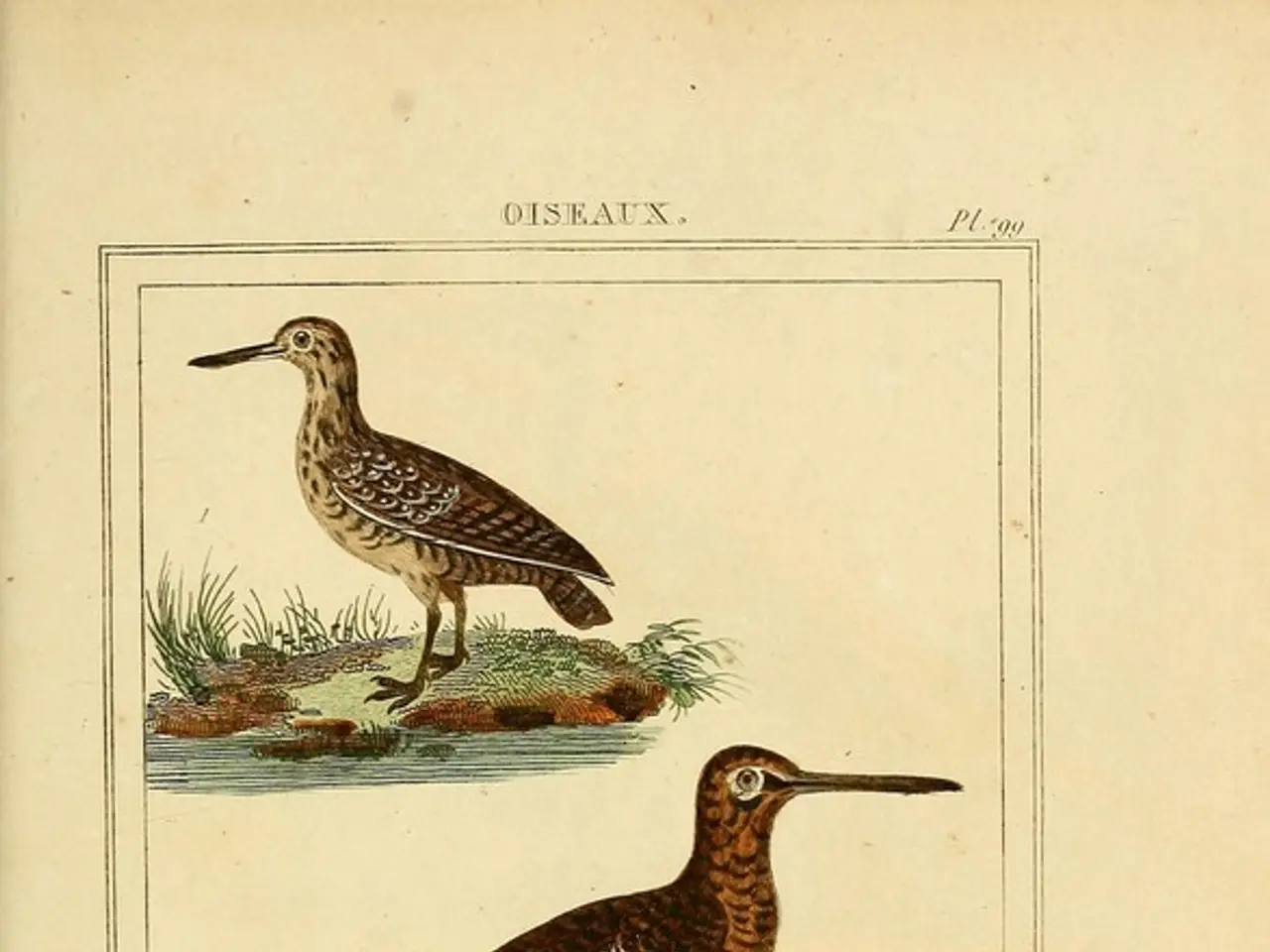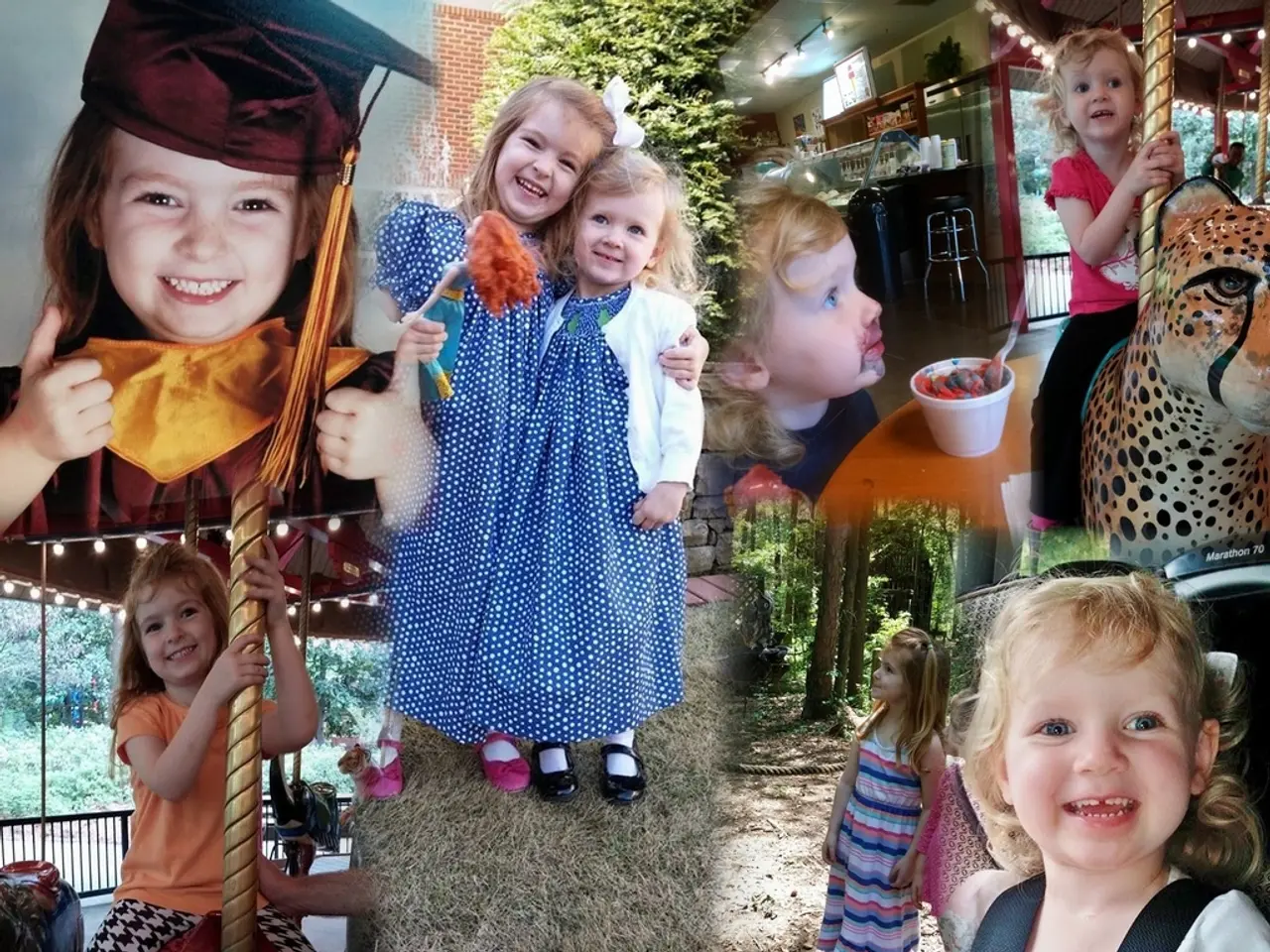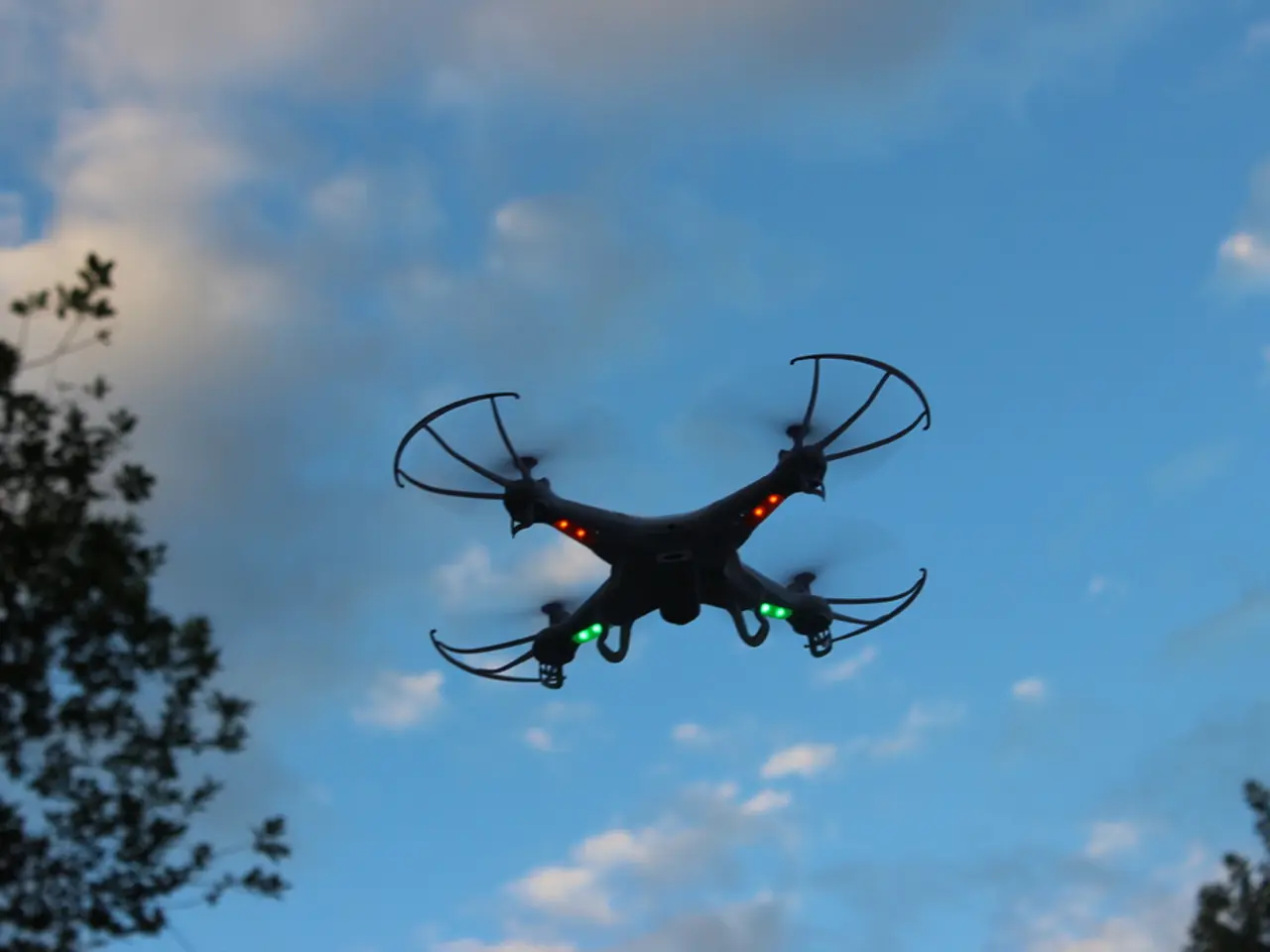"Resurrecting Giant Moa in a Decade: De-extinction Firm Announces Ambitious Plan to Revive Avian Dinosaurs"
Colossal Biosciences, a biotechnology company, has announced plans to genetically engineer the South Island giant moa (Dinornis robustus) for de-extinction within the next 10 years. This ambitious project, aimed at bringing back an extinct species, is fraught with scientific and ethical implications.
Scientific Implications
The South Island giant moa, standing up to 12 feet (3.6 meters) tall, poses complex challenges for de-extinction. To overcome the issue of its enormous eggs not fitting surrogate species like emus, Colossal plans to develop artificial surrogate egg technology to incubate engineered embryos. This is a cutting-edge and unprecedented move in avian de-extinction efforts.
Colossal aims to extract ancient DNA from moa bones and genetically engineer living relatives or create proxies through advanced genomic editing. However, critics argue that current technology cannot fully recreate an extinct species, and what results may be only genetically modified relatives rather than true moa.
The project integrates traditional Māori knowledge with modern biotech, involving the Ngāi Tahu Research Centre and New Zealand institutions. This collaboration may advance both fields, serving as a model for combining indigenous expertise with conservation genetics.
Ethical Implications
The Ngāi Tahu Research Centre, representing the Māori iwi of New Zealand's South Island, leads the project, emphasizing community control over decisions related to de-extinction. This approach sets an example for respecting indigenous sovereignty over local biodiversity.
However, not all Māori iwi support de-extinction due to concerns over cultural significance, ecological impacts, and spiritual beliefs associated with extinct species. This highlights intracommunity ethical debates around reviving species that once lived in their environment.
Questions arise about the ecological role of resurrected moa, potential unforeseen impacts on current ecosystems, and resource allocation—whether funds should prioritize de-extinction or protecting extant endangered species.
Ethicists question whether genetically engineered proxies can truly represent extinct species or if these are novel organisms. These debates revolve around the meaning and value of "de-extinction."
In summary, Colossal's moa project pushes scientific frontiers in genetic engineering and artificial incubation, partnered with Indigenous leadership to ground it ethically. However, it faces skepticism regarding technical feasibility, ecological risks, and culturally diverse ethical views, reflecting broader debates on de-extinction science and its societal implications.
[1]: Tucker, A. (2021). Moa resurrection: The ethics of de-extinction. New Zealand Journal of Ethics, 13(1), 3-20.
[2]: Pimm, S. L. (2021). De-extinction: A false solution to the biodiversity crisis. Trends in Ecology & Evolution, 36(1), 47-51.
[3]: Shapiro, B. (2021). De-extinction: The science and ethics of reviving lost species. Oxford University Press.
[4]: Seddon, P. D., O'Connor, J. F., & Worthy, T. H. (2019). Moa re-evolution: The ethics of de-extinction for the South Island giant moa. Bioethics, 33(1), 1-10.
- Technological advancements in genomic editing and artificial surrogate egg technology, as applied in Colossal Biosciences' South Island giant moa de-extinction project, could revolutionize the field of avian de-extinction, transcending traditional boundaries of what is scientifically feasible.
- Ethical considerations surrounding the de-extinction of the South Island giant moa are complex, ranging from cultural beliefs and community control to ecological concerns and unforeseen impacts on current ecosystems, requiring ongoing dialogue and collaborative decision-making that involves indigenous communities and experts in both the natural and human sciences.




